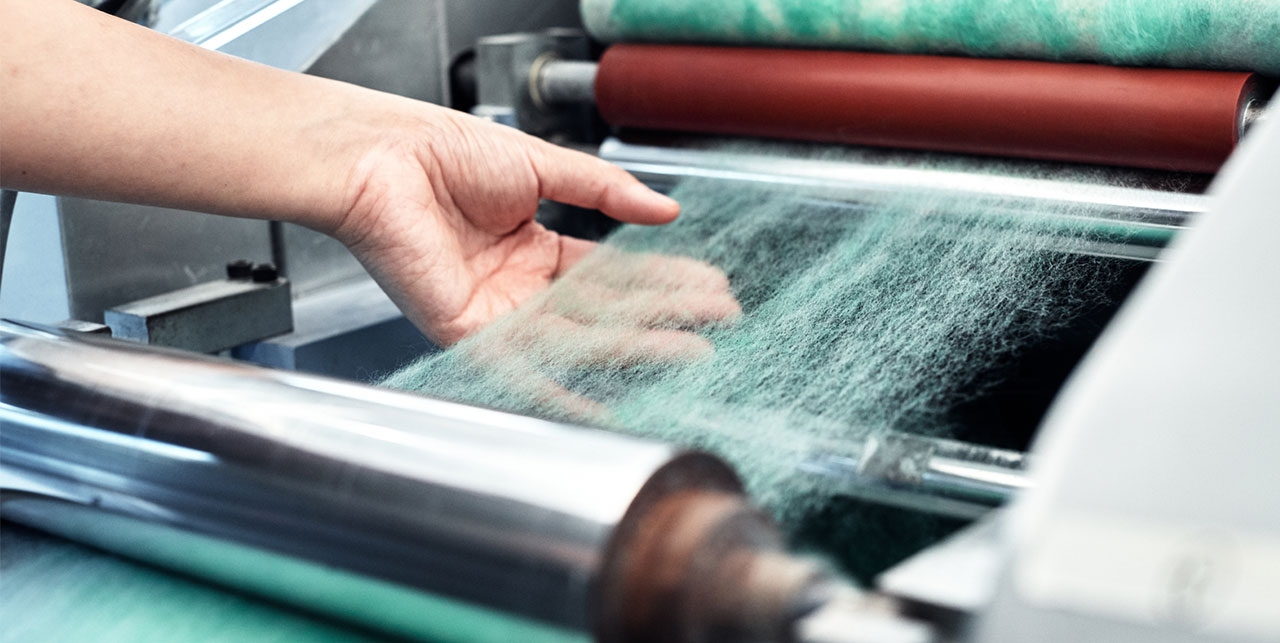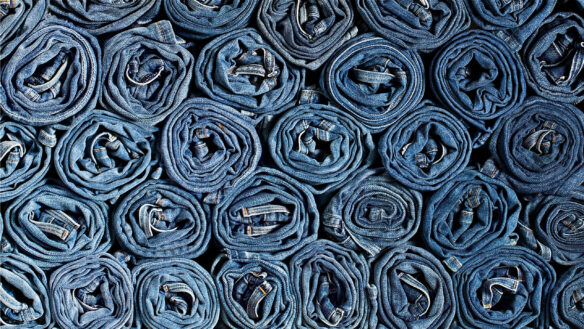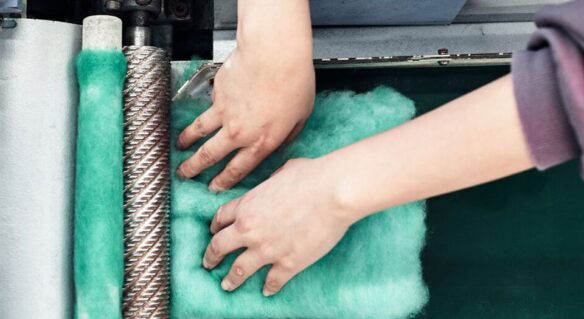The habit of recycling old clothes is slowly gaining traction, you have probably seen a textile recycling bin here and there. However, globally the numbers aren’t so impressive. Only 1% of all textiles is recycled. The rest? It ends up in landfill.
If we could switch our behaviour and follow these three simple rules, the impact on the planet would be huge:
- Wear your garment a few more times! The number of times a garment is worn has dropped by 36% between 2002-2016. We need to break the trend. Repair your garment, care for it and wear it again. And again. And again.
- Pay it forward! Getting tired of your jumper? Pass it on to someone else by giving it away or selling it. Someone else will treasure it and you may earn some cash too.
- Once your garment is totally worn out – recycle it! By recycling your old clothes, less resources are needed for growing and producing new materials, which ultimately is putting less pressure on the planet.
The industry needs your old rags
Since 2016, we have partnered with the Hong Kong Research Institute of Textiles and Apparels (HKRITA) to accelerate research on textile recycling. “We are impatient by nature and the 2030 climate deadline is approaching fast. A few years ago, we identified a lack of progress on recycling textiles, so we partnered with HKRITA to address this gap, fast,” says Erik Bang, Innovation Lead at H&M Foundation.
“This opens up a whole new category of fashion. For example, put your grandma’s old jumper in there, and out comes an updated version that you can wear for years to come.”
Erik Bang, Innovation Lead H&M Foundation
However, during our work with HKRITA, it became clear that while we might come up with outstanding recycling technologies, we still need to access old textiles to have something to recycle. But today’s consumers aren’t used to recycling clothes, instead almost of all it is thrown away. “To address this logistical challenge, we realized we must make recycling relevant and tangible. Seeing is believing. If you see it, you believe it. And it’s not until then that you can change your behaviour and start recycling instead of throwing it in the bin,” says Erik.
Making the impossible possible
How can we change customer perception? Together with HKRITA and Hong Kong-based yarn spinner Novetex Textiles, we developed a miniaturized recycling facility, with the aim of putting it in shopping malls and stores across the world for customers to see, learn and understand the benefits of textile recycling.
However, to shrink the huge recycling machines to fit in a small space wasn’t easy. “First the engineers said it was impossible. Now they say it’s very difficult. I see that as progress!” said the ever-optimistic Edwin Keh, CEO of HKRITA during the process. And they did it! The first version of the Garment-2-Garment (G2G) recycling system opened in 2018 and was placed at the experiential retail space in Hong Kong.
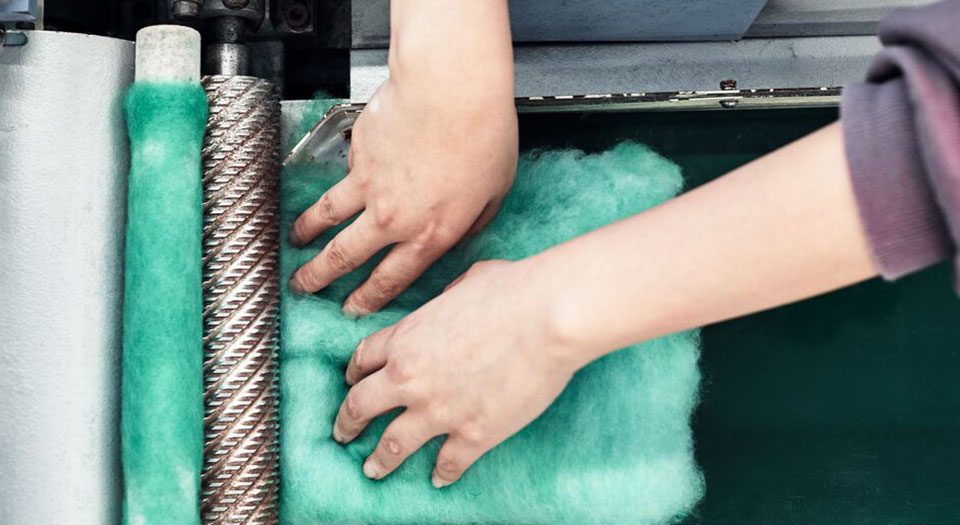
Shredding 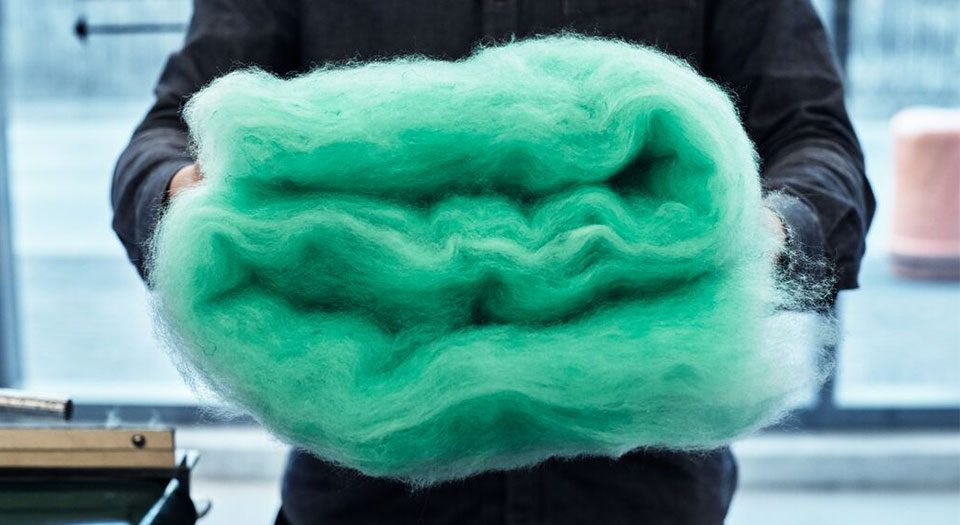
The shredded garment 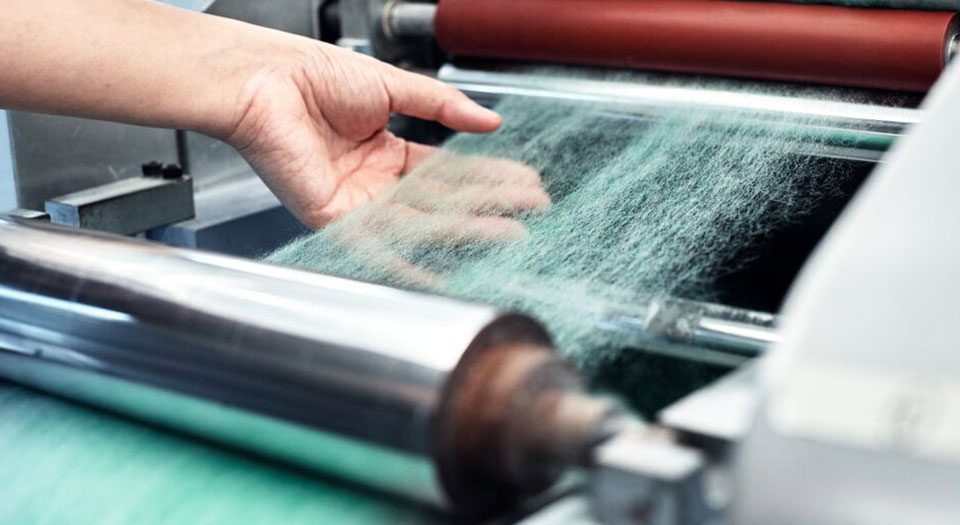
Carding 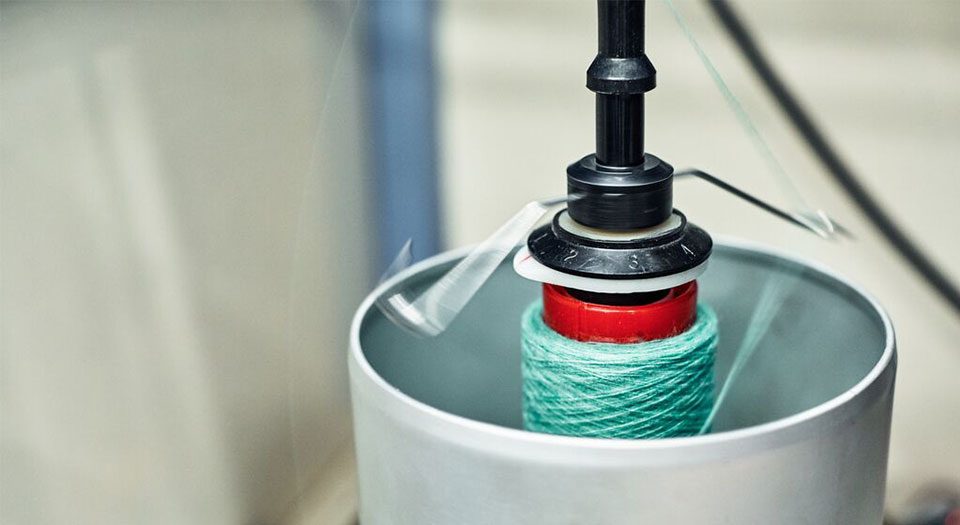
Spinning new thread 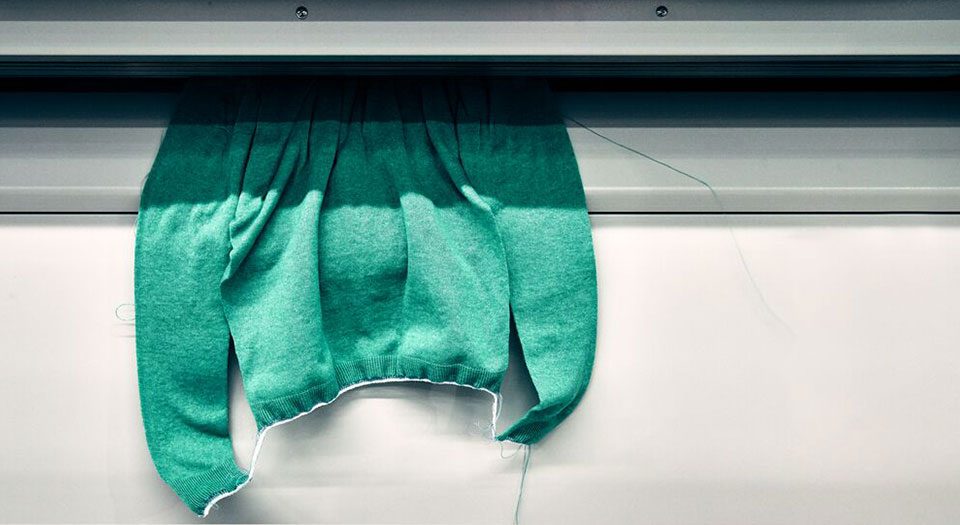
Out comes a newish garment
We invited the world to come and visit. “As our role is to influence the entire fashion industry, we are involved throughout the research and development phases. And once solutions are ready, we give it away for anyone to use to ensure maximum impact,” says Erik.
Join the conversation and change habits
In October 2020, H&M was the first brand to launch their own G2G, called the Looop, in one of their stores in Stockholm. H&M’s customers are invited to hand in their old rags and get a new garment, made of the same material, at the other end.
“This opens up a whole new category of fashion. For example, put your grandma’s old jumper in there, and out comes an updated version that you can wear for years to come,” says Erik and continues: “however, it’s not the number of garments recycled in the G2G that will have an impact, but the conversations around it, which will help educate and inspire us consumers to recycle our old clothes.”
We hope this will spark more dialogue and eventually changed behaviour between brands and consumers about extending the life of fashion and in the end, recycling it.
The 2030 deadline is approaching fast, and we are now in the decade of action. What must the fashion industry to do meet the global goals? “I’m afraid there is no single answer to that,” says Erik and continues: “just us as corporations and individuals, our governments and society at large must radically and fast transform into new practices. It sounds daunting, but many of the most impactful solutions are surprisingly simple and already available and will help create future proofed jobs. We must start by accepting facts, roll up our sleeves and embrace change instead of fearing it. Starting yesterday.”
As consumers, let’s start by wearing what we have in our wardrobes, and once the garment is totally worn out, recycle it.
